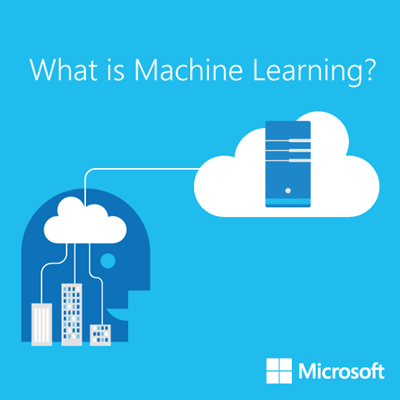What Is Azure Machine Learning?
As an IT professional, we rely on experience, knowledge and reference to solve day-to-day infrastructure issues and tasks. Over time, a build up of experience or history enables IT professionals to become more predictive as to when problems will arise. In this profession, being proactive saves administrators stress in future. When dealing with a reactive situation, the situation is memorized and it’s symptoms are called upon to diagnose future problems. Imagine this scenario enabled through Azure allowing the cloud to foresee the problems ahead.
>> Complete the MVA: Windows Azure for IT Pros Jump Start
Azure Machine Learning or Azure ML is utilized to create applications with the ability to use predictive analytics of previous data to report on future errors system wide before they occur. This enables IT professionals to be more proactive in addressing said issues and the ability to provide guidance to business decision makers as to future projects that will further enable the supported organization. While data analytics is not a new tactic, enabling said task via the cloud provides quicker response times and human error free deduction of problematic situations.
Azure ML is empowered by analytic tools, powerful algorithms already developed for offerings like Bing and Xbox and of course the cloud to provide proactive reports to both IT professionals and business decision makers alike. This allows businesses to reduce high costs around acquisition of data analysis resources and provide a quicker response to avert problems. This can be achieved by enabling one of three possible utilization scenarios:
- Artificial Intelligence – Consisting of the emulation of the human mind, AI enables computers to see, hear and understand autonomously. Technologies such as Kinect, which was created by Azure ML, enable gesture and speech recognition through deep learning inspired by the learning structure of the human brain.
- Statistical Engineering – Enabling software to analyze data and make decisions on uncertain data. Bing is a great example of this scenario at work as it’s complex algorithms translate the ambiguity of natural language to automate decision making around search.
- Data Mining – Enabling software to provide reporting on insights gleamed from large databases. Microsoft’s Malware Protection Center currently employs this model to learn about existing malware attacks to provide better reporting on possible future strikes.
Azure ML brings ubiquitous computing and ambient intelligence to reality through applications easily created and implemented. Microsoft is providing a preview to Azure ML for internal testing shortly. Early sign-ups for said preview can be completed here.
